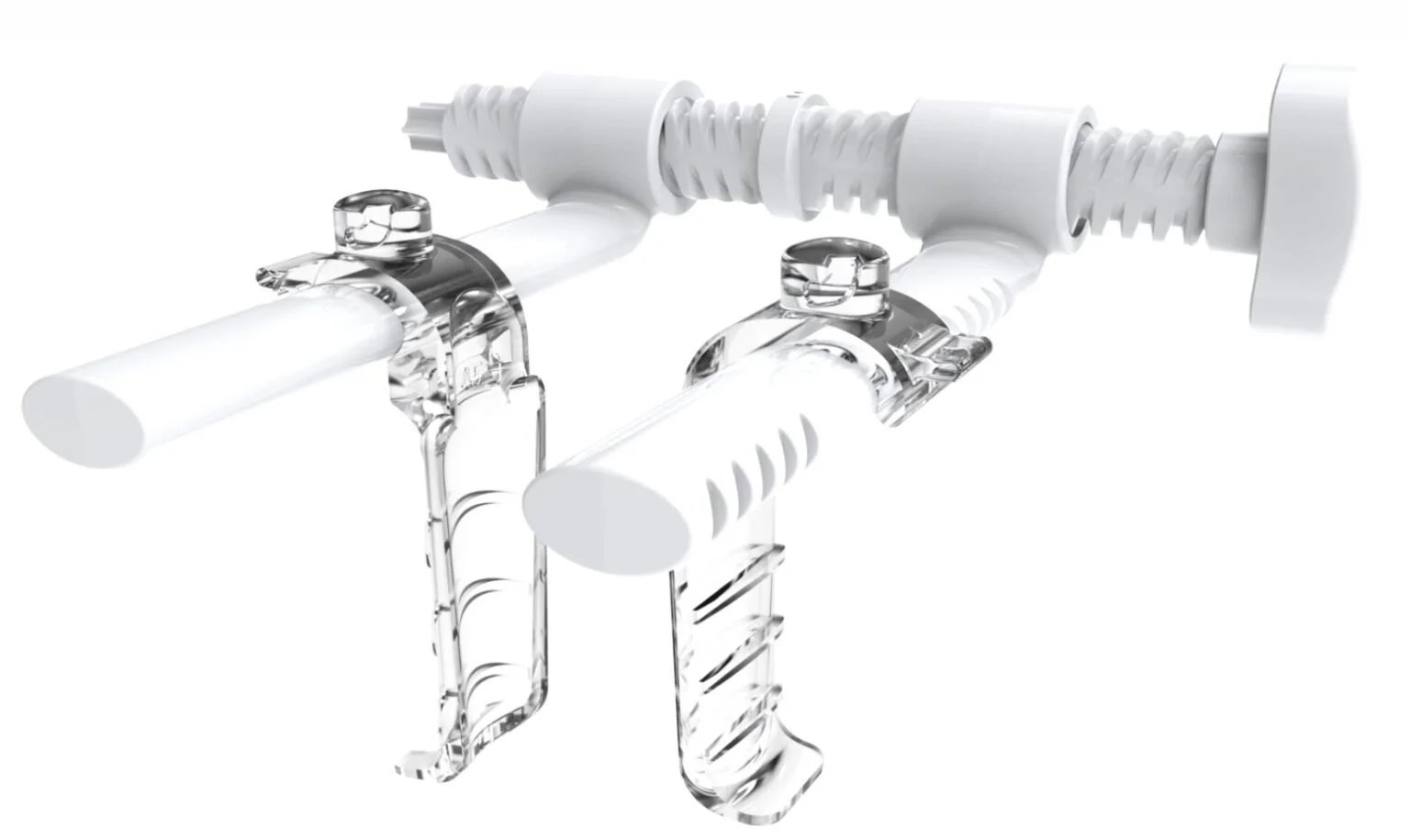Unexpected CO2 Savings - A Single use Device Analysis
While relative CO2 footprint calculations are usually the most critical, it is also possible to estimate the actual amount of CO2 emitted by each US Dollar footprint of economic activity, and thereby any individual activity.
The GDP of the United States was $25.46 trillion in 2022 and emissions were 4.9 Trillion kg = $5.20 GDP per kg CO2.
As a result, when all embodied energy as approximated by a price-proxy is accounted for, the single-use, sterile, pre-packaged retractor cost a total of $995 per surgery (191 kg CO2), whereas the reusable retractor with all accompanying support and liabilities amounts to $2,237.50 per surgery (460 kg CO2).
The reusable retractor has over 2x the carbon footprint as the Sure single-use retractor. While there is admittedly some uncertainty and variability in such a proxy comparison, this analysis plainly shows that the reusable retractor process generates more CO2 than the single-use, sterile, pre-packaged retractor (not to mention being empirically cheaper).
Challenges to Price-Proxy Footprint Methodology (MESA continues to develop proprietary resolutions):
Time value of money
Anticompetitive market behavior
Illegal efficiencies (slave labor, environmentally prohibited production gains)
Black market economies (works both ways)
Luck
Impacts of non-CO2 greenhouse gases (though these are broadly approximated by CO2)
Significant IP protection
Major, rapid changes in market dynamics (especially with extreme inelasticity of supply and/or demand)
Regulatory market distortion
